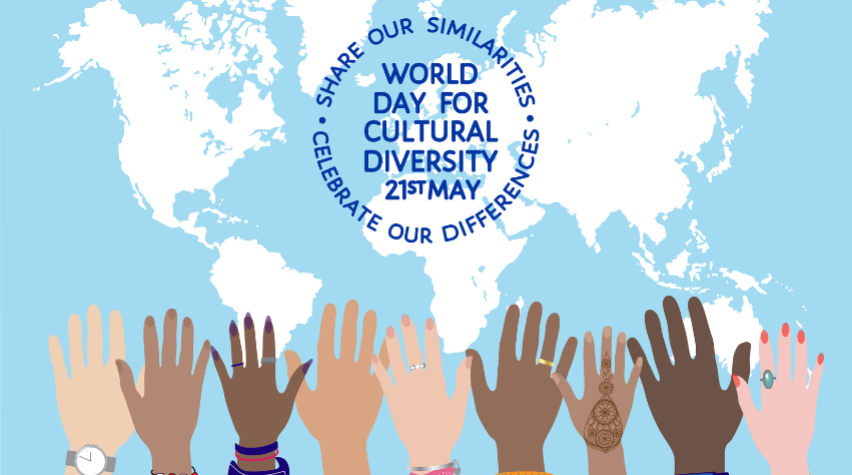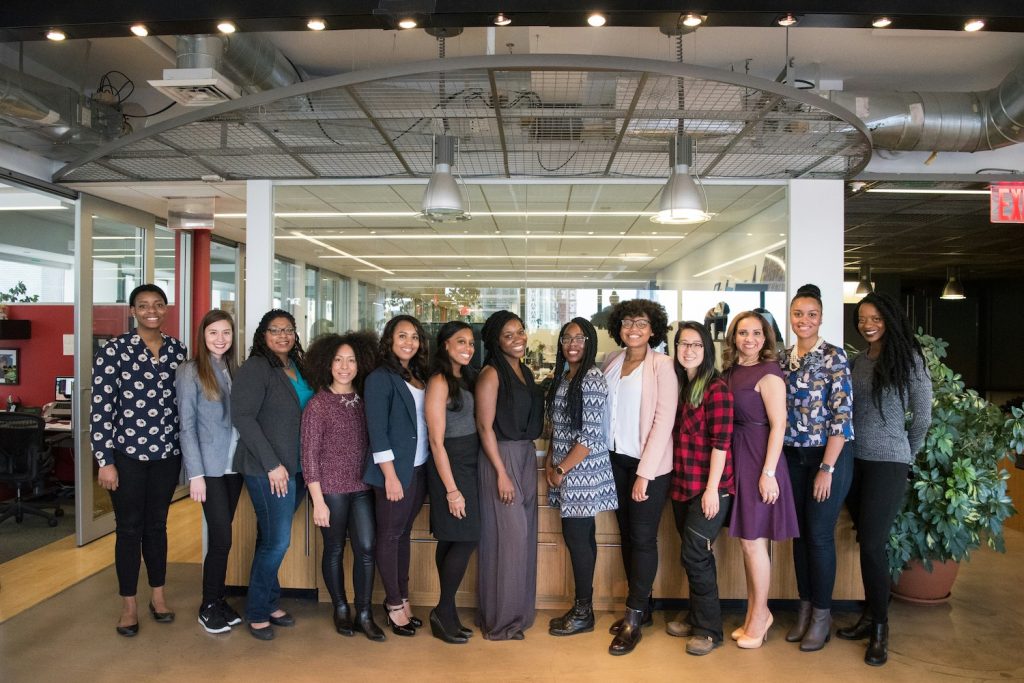Taylor Lopez came to work for me part-time while she was still in high school. She performed a lot of the time consuming tasks I did not have time to do. Running errands, addressing postcards and shipping products. Even though I speak about working with the multiple generations, I know I can always learn more. Taylor was a great teacher and helped me understand some of the challenges young people face when planning their future. On the flip side I hoped I provided her with professional guidance, like how to ask for a raise! It has been inspiring to watch Taylor graduate from college and move on to working full time for a nonprofit. In this article I asked her to share some of her generational insights as she navigates her first few years working in the “real world.”
Zap The Generational Gap
👋🏼 My name is Taylor Lopez and I am a Gen Z’er. I graduated from the University of Arizona in Spring 2021 and took a gap year after graduation to guide me in my next steps when I was feeling uncertain about my future goals. For the last two years, I have worked at a nonprofit organization affiliated with Arizona State University. An international organization, serving students at 850 different universities across the globe. I specifically work as a Community Engagement Manager – developing micro communities, leading a social impact Cohort, teaching educational courses and increasing our presence on the Downtown campus. My work is emotionally draining and fulfilling in an indescribable way. I have the opportunity to make a difference in students’ lives at ASU.
When viewing my lens through a generational perspective, much comes to mind. Our staff, made of 6 women, is composed of two Gen Zer’s (including myself) and four millennials. Our students are exclusively Gen Z’ers. I have observed generational communication differences between myself, my colleagues and the students.
First, I have found my communication style to be significantly different from my boss. Hm, how much does our generational difference play a role in this? I am a straight shooter… saying what I mean, when I mean it. I have not found this attribute to get me into any trouble. However, I noticed (specifically during my first year at the organization) that my supervisor was keen to beat around the bush.
For example, when I wasn’t engaging a high enough number of students, she was nervous to have a conversation with me. Instead of saying that she needed me to see more students, she spent time asking me if I was doing okay and how the work was impacting me mentally. Although this was much appreciated, I am most receptive to feedback upfront. This culture of “beating around the bush” no longer exists between myself and my supervisor. She and I have adjusted to one another’s communication styles and have found a happy medium.
One way that our team has been able to streamline communication amidst our different generations has been through an activity that we did in August 2023 during re-onboarding. The whole team was given different questions (provided by our Executive Director) to reflect on and discuss.
The questions were as follows:
- “What was most important to you when beginning your first job post-grad?”
- “Where did you feel supported by the team?”
- “Where did you feel there were gaps?”
- “What can we as an organization do, moving forth, to better introduce someone to the team?”
The team spoke for an hour and a half about our questions. My colleagues who did not start their careers at our nonprofit shared their own experiences in their first roles post grad. A common theme amongst the entire team was that each of us values human-centered work. I noticed one major difference between my style and my Executive Director and Assistant Directors styles. Both of them shared that one of their top priorities when starting their first job post grad was to have the opportunity to work collaboratively with professionals. Holding this conversation with the team allowed us to understand one another’s internal motivation for work.
In addition, as a Community Engagement Manager, I coach and mentor a variety of student leaders. One of the student leaders I work with, Mark, is an Engagement Chair. His role is to hold events on campus and build further connections with the community. Mark, in parallel to a variety of our other student leaders, has difficulty taking accountability. In mentoring him, I learned that I had to provide consistent support (calling him when there was an event coming up, asking if the event was on his calendar, asking who he had outreached to).
I noticed a clear lack of initiative. Mark did not respond well when I explained to him “I am here to support you but you need to take more accountability.” Mark responded by explaining “You are giving me too much work, I feel overwhelmed.” I asked him how I could help, and he did not know how… revealing something unknown to me.

How to Provide the Right Support
Oftentimes the students I am mentoring need additional support in their lives. Whether that means in an academic setting, a pastoral setting, in a mentorship setting, etc. Yet, they have difficulty asking for help and directing themselves. Students, just like Mark, do not know HOW to ask for help, WHY to ask for help or WHEN to ask for help.
I found myself thinking how can I better coach Mark? Do our differences in work style have to do with our generational differences? I paused. After working with my supervisor, we created a game plan. One actionable step that I took was to assess Mark’s strengths. I used the “High 5” strengths test and “Strengths Quest” assessments. After Mark took the assessments, I compared my strengths with his within four different categories: doing, feeling, motivating and thinking.
Mark scored higher in the feeling category, with his top strength being the “Empathizer”. The description of the empathizer is as follows: Empathizers are great at noticing how others feel and using this understanding to do something good. They are frustrated when asked to disregard feelings and emotions and follow strict logic instead. I scored higher in the motivating category with my top strength being the “Self Believer.” The description of the Self Believer is as follows: Your objective is to bring confidence. While you might not know what the future is going to bring, it does not disturb you. Somewhere deep in your mind and heart, you know – no matter what happens, you will go through it.
Mark and I discussed our results to better understand one another as leaders and as individuals. We also discussed how to make sense of our results when collaborating. Another actionable step we took was to discuss multiple case studies. We discussed the following case study: “You are tasked with planning a celebratory event on campus and engaging 20 students. How are you looking at the event as a leader? What are your first steps? What is your timeline? Where and when should I support you? Where is your leadership style involved?” Our proactive communication allowed Mark to be further successful during the remainder of the year.
As I prepare for my third year working at the nonprofit, I am thinking about innovative ways to help on-board one of our new hires, Theo, a recent 22 year old graduate of Cal Poly SLO. One piece of information that is at the forefront of my mind is that Theo’s freshman year at university was during the height of COVID.
I am thinking about the following questions:
- “How did the pandemic impact Theo’s college experience?”
- “How is Theo’s mindset going into his first post-grad role similar or different from what mine was?”
I have had two phone calls with Theo, getting to know him and determining how to welcome him into our workplace. Eager to see what perspective Theo brings to the team, as our team is always looking for new ways of understanding.
How to Zap The Generational Gap
In conclusion, when thinking about how to take action in mending generational gaps, there is much to keep in mind. Our main tools currently are guided and strategic conversation and strengths assessment. I am continuing to learn that there is no “right answer” for how to create the most cohesive multi-gen team possible, yet we can always try!




